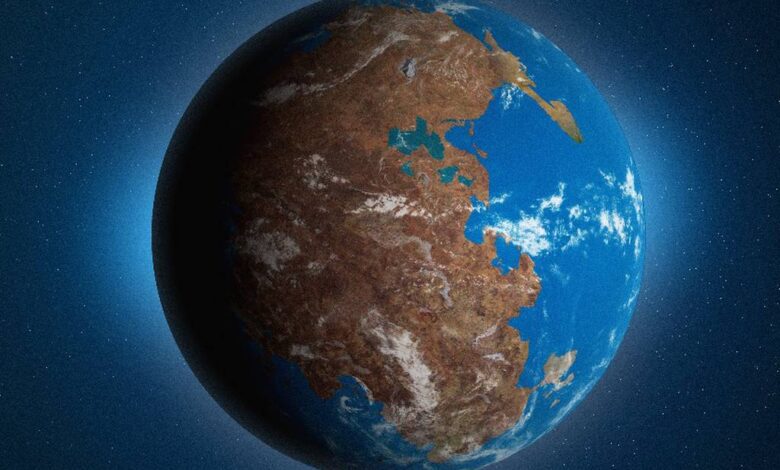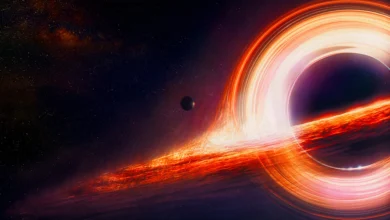Earth will again host a Super-continent ‘Amasia’ as Pacific ocean shrinks
Himalayas were also created when Indian subcontinent collided with Asia, and now again Americas set to unite with Asia.

The Pacific Ocean’s days are numbered, and soon, the world’s next supercontinent will form by merging Asia and the two Americas, according to a new supercomputer simulation of Earth’s ever-drifting tectonic plates.
The experts in Australia say the Pacific Ocean is slowly but consistently getting smaller, perhaps by around one inch a year.
As it does so, the tectonic plates on which the Americas rest get pushed westwards.
At some point – albeit not for 200 or 300 million years – the Earth’s landmasses will come together with the Americas and Asia colliding to create a new supercontinent: Amasia.
Earth’s crust, also known as the lithosphere, is made up of continents and oceanic rock. The lithosphere sits on top of the mantle, which is a thick layer of molten rock that extends for thousands of kilometers.
The continents of Earth travel over the mantle relatively slowly. One of the faster moving plates is advancing toward the north at a rate of about seven centimeters per year.
Each year, a few centimeters of the Pacific plate slips under the Eurasian plate and the Indo-Australian plate, collapsing the distance between North America, Asia and Australia.
Not all scientists agree on what the next supercontinent will look like or how it will form, but in many simulations, the Pacific Ocean is doomed.
In 1982, American geologist Christopher Scotese was one of the first scientists to speculate about a future supercontinent naming it Pangea Proxima – a continent very similar to the single landmass of Pangea as it existed 200 million years ago.
A 2012 report in Science said the geological record “reveals that in the past 2 billion years or so, there have been three supercontinents”.
The Himalayas too were created when the Indian subcontinent collided with Asia some forty to fifty million years ago. On occasion, continents bump into one another, causing mountain ranges to rise. In certain cases, they all come together to form a single large supercontinent.



